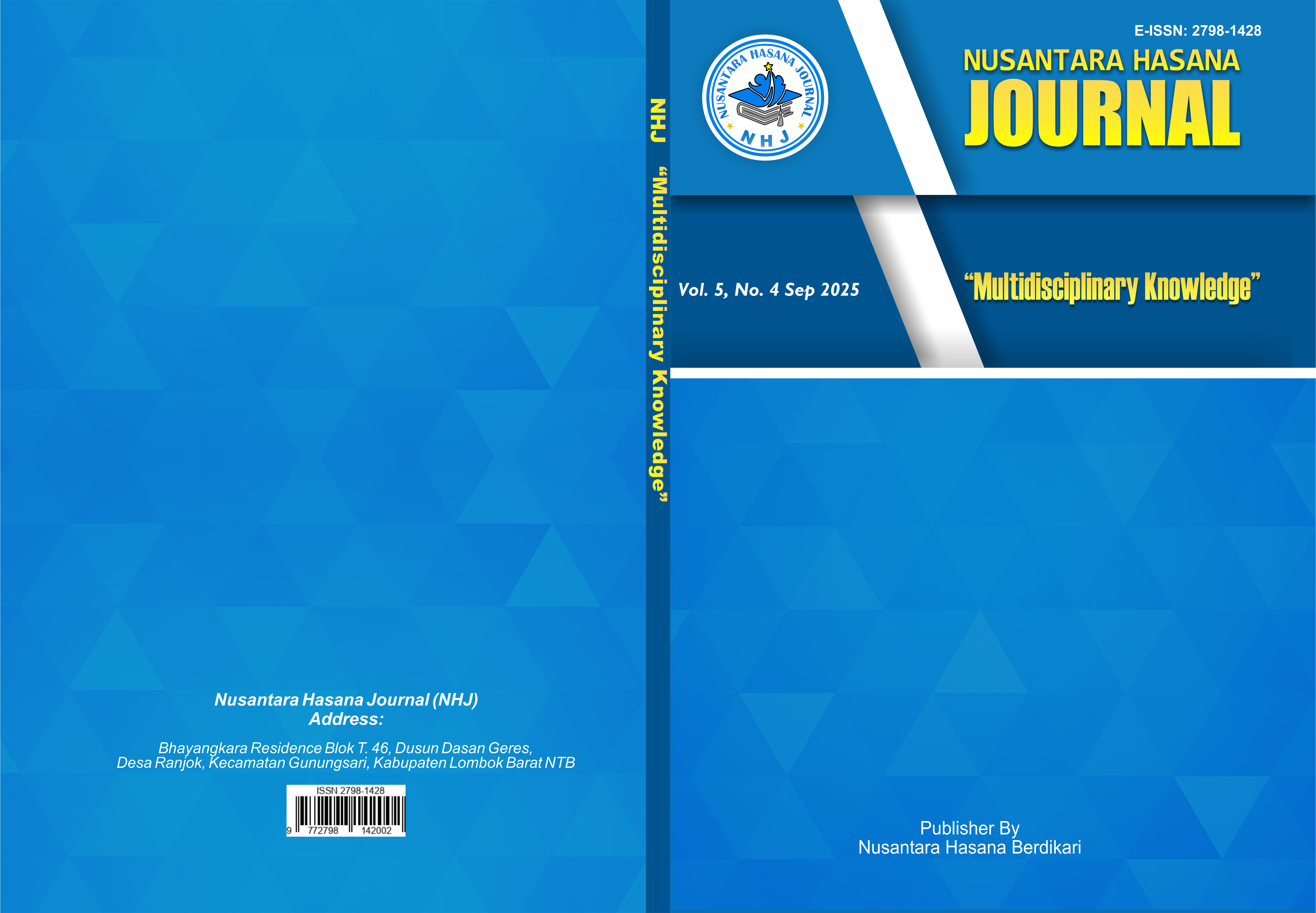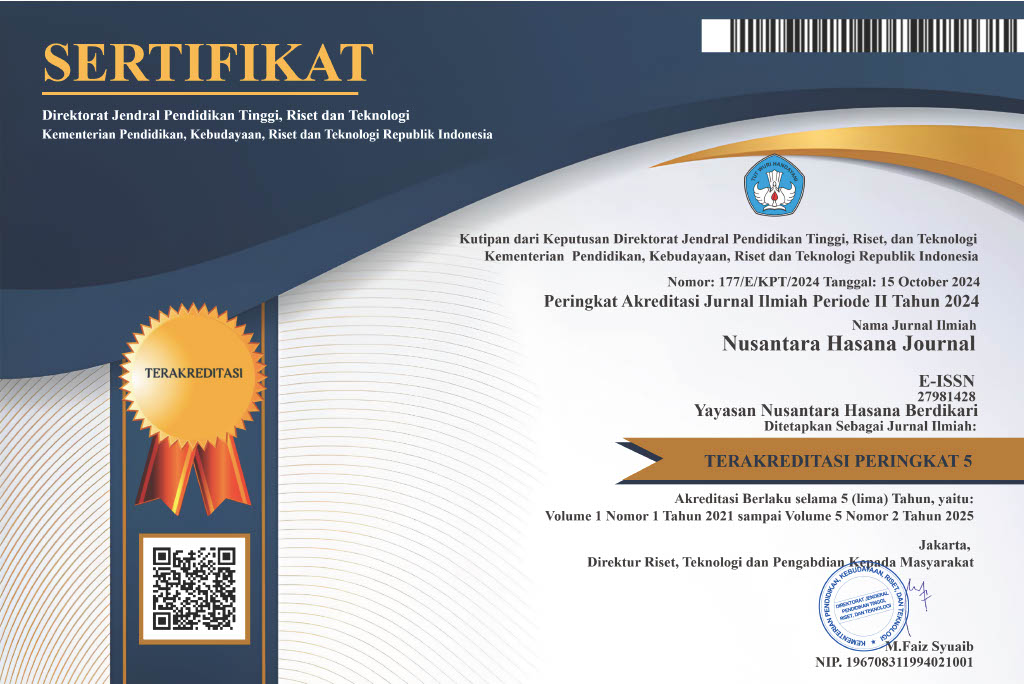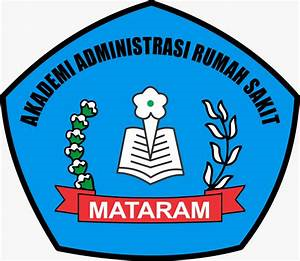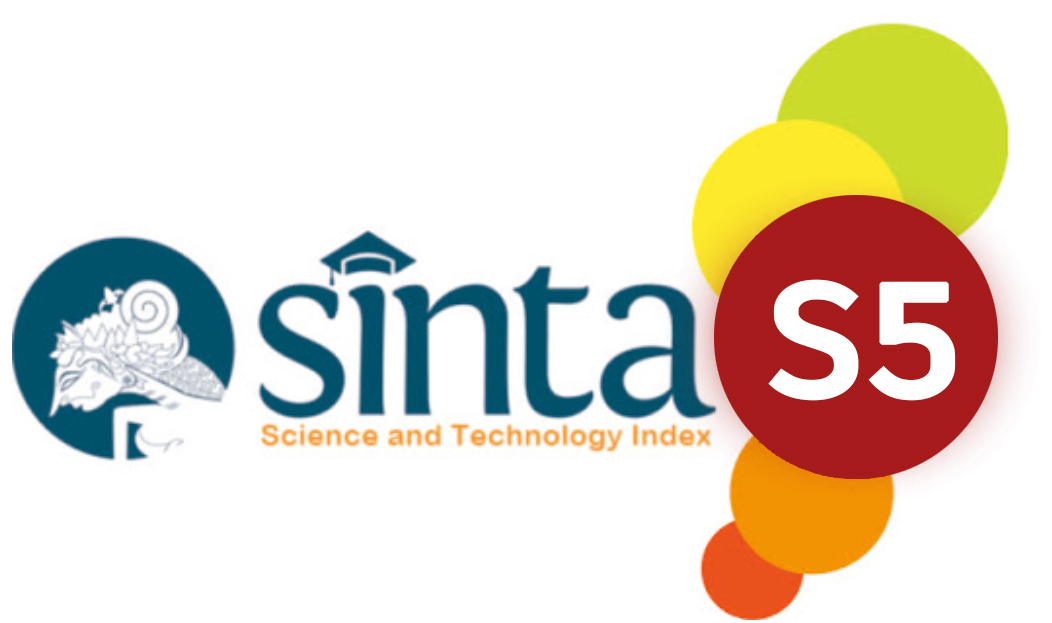PEMANFAATAN LIMBAH SANDBLASTING INDUSTRI PERKAPALAN MENJADI PRODUK BATA BETON PEJAL MENDUKUNG MATERIAL HIJAU
DOI:
https://doi.org/10.59003/nhj.v5i4.1705Keywords:
Sandblasting, Hazardous and Toxic Waste, Solid Concrete Brick, Compressive Strength, TCLP TestAbstract
Indonesia, as a maritime country, has industrial activities that generate a large amount of waste. One of the largest waste-producing sectors is the shipping industry, particularly from ship maintenance and repair activities in shipyards. In this industry, there is a process called sandblasting, which is used to clean ship surfaces from rust, old paint, and other contaminants. The silica sand used in this sandblasting process is classified as hazardous and toxic waste (B3 waste). This waste poses a risk of environmental pollution if not properly managed.The research problem in this study is how to utilize sandblasting waste as an alternative material in the production of solid concrete bricks. The objective of the study is to process this waste into technically and environmentally feasible solid concrete bricks. The methods used include chemical characterization of raw materials using XRF, making test specimens in the form of 50 × 50 × 50 mm cubes, and conducting compressive strength and TCLP (Toxicity Characteristic Leaching Procedure) tests. The results show that the A2 variation produced a compressive strength of 142 kg/cm², exceeding the SNI 03-0349:1989 standard for quality I concrete bricks, and the TCLP test results indicated that the levels of Cu and Cr met the quality standards set by Government Regulation No. 22 of 2021. Therefore, solid concrete bricks made from hazardous and toxic waste are considered feasible as an environmentally friendly alternative construction material.
Downloads
References
Abdel-Mohsen O. Mohamed., & Maisa El Gamal. (2024). A Novel Polymerized Sulfur Concrete for Underground Hydrogen Storage in Linked Rock Caverns
Cahyono Luqman. dkk. (2024). Sustainable Material Melalui Solidifikasi – Stabilisasi Limbah Sandblast Menjadi Beton Forosemen.
Fediuk, Roman dkk. (2020). A Critical Review on the Propeties and Applications of Sulfur – Based Concrete.
Kurniawan, W. D., & Periyanto, P. (2019). Proses Sandblasting dan Coating Pada Kapal di PT. Dok Perkapalan
Surabaya. Otopro, 13 (2), 44. https://doi.org/10.26740/otopro.v13n2. p44-53.
Peraturan Pemerintah Republik Indonesia. Nomor 101 TAHUN 2014 Tentang Pengelolaan Limbah Bahan Berbahaya dan Beracun.
Peraturan Menteri Lingkungan Hidup dan Kehutanan Nomor 6 Tahun 2021 adalah Peraturan Menteri Lingkungan Hidup dan Kehutanan tentang Tata Cara dan Persyaratan Pengelolaan Limbah Bahan Berbahaya dan Beracun (B3).
Romadhon, Eri S., & Achmad Hanif. (2022). Analysis of Compressive Strength of Sulfur Concrete
Triyanti, A. R. (2018). Studi Pemanfaatan Fly Ash dan Limbah Sandblasting (Silica Fume) pada Binder Geopolimer. Institut Teknologi Sepuluh Nopember.
Downloads
Published
How to Cite
Issue
Section
License
Copyright (c) 2025 Nur Fajar Aprilia Sari

This work is licensed under a Creative Commons Attribution-NonCommercial-ShareAlike 4.0 International License.
NHJ is licensed under a Creative Commons Attribution-NonCommercial-ShareAlike 4.0 International License.
Articles in this journal are Open Access articles published under the Creative Commons CC BY-NC-SA License This license permits use, distribution and reproduction in any medium for non-commercial purposes only, provided the original work and source is properly cited.
Any derivative of the original must be distributed under the same license as the original.
























